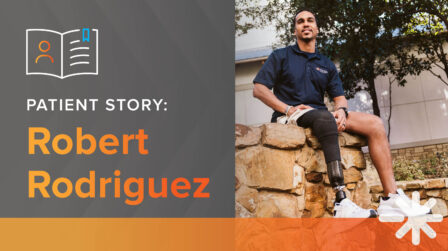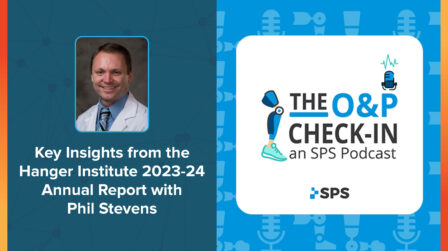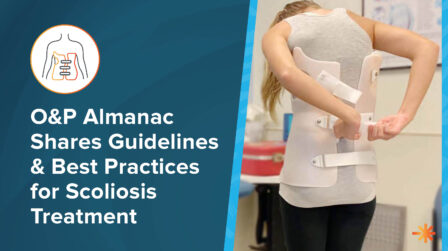Understanding Tibial Torsion
The word “torsion” refers to the rotation or twist of a bone. Tibial torsion specifically is either the internal or external rotation of the lower leg bone (tibia).
With equal incidence in both males and females,1 internal tibial torsion occurs most commonly in the womb, as the legs internally rotate to fit in the space. It can be associated with a severe bowleg condition called Blount’s disease.
Torsion in either direction can be associated with a number of conditions or limb differences, such as cerebral palsy, hip dysplasia, and neuromuscular disorders.
Diagnosis
Internal tibial torsion in children will usually improve on its own with growth and time in the typically developing child. It is most commonly diagnosed by the pediatrician through family history and a physical exam.
Treatment
Leg braces, specialized shoes, and therapy are often prescribed to treat internal tibial torsion but have not been shown to be very effective. However, these treatments may be effective in older children to reduce pain, which may result from the condition.
Though it occurs very infrequently, there are cases where internal tibial torsion does not correct on its own and may have a negative impact on walking and running. A surgical procedure on the tibia (called an osteotomy) may be required to realign the lower leg and foot. This procedure is typically only done in older children and adults, once adult alignment has been achieved.
Latest Updates
Subscribe to stay up-to-date on our latest posts.



